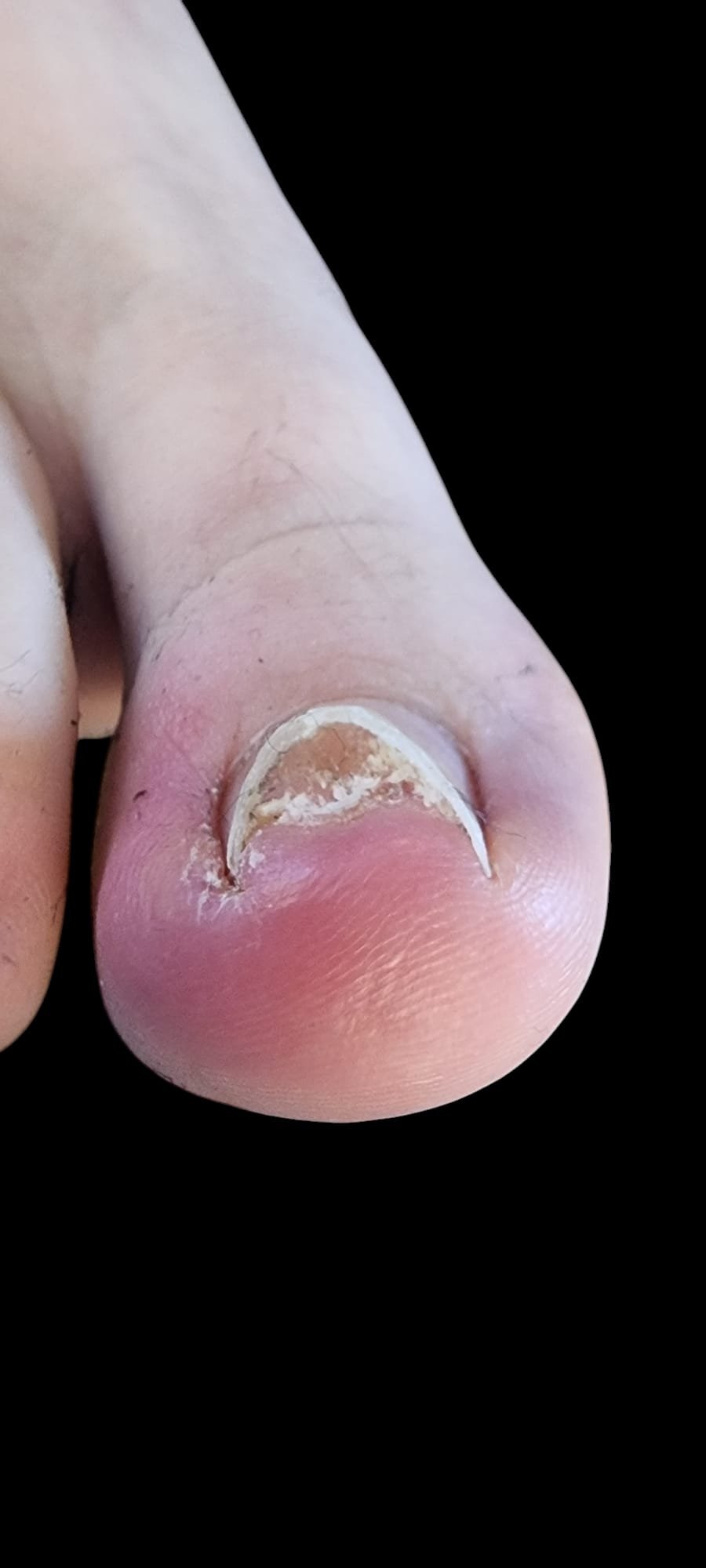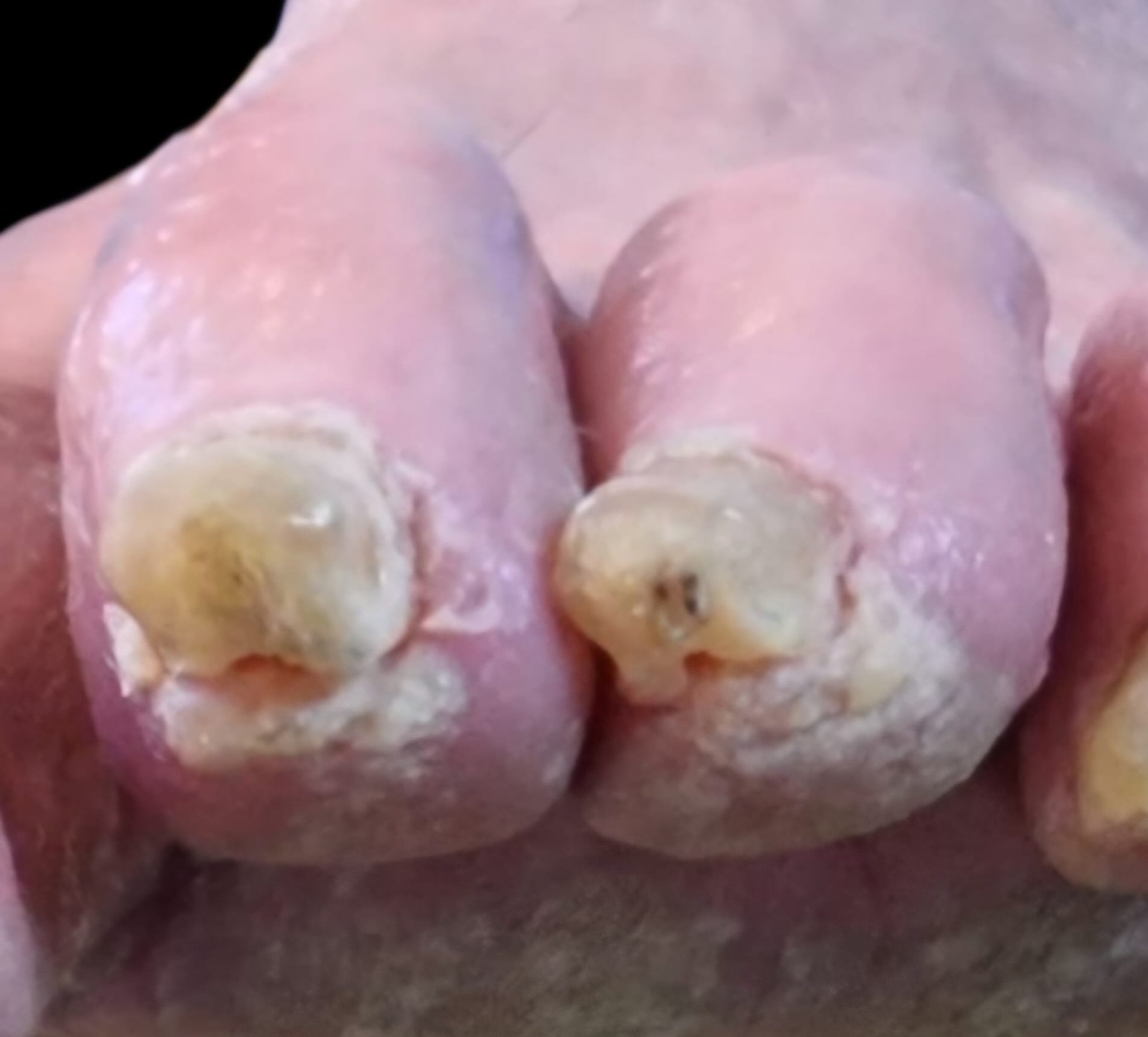Your first step is to book a new patient appointment. Appointments are bespoke to your foot health needs so during this appointment slot we will start the treatment process; we may resect a problematic nail, trim and file toenails, reduce thick nails, and carry out other work on corns and callus depending on your specific foot health needs and what can be achieved in the timeslot.

